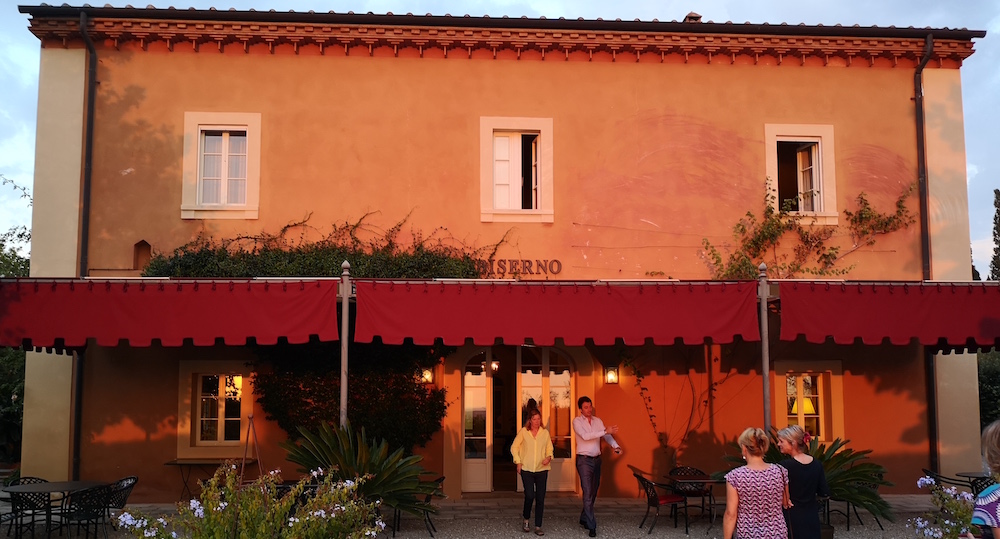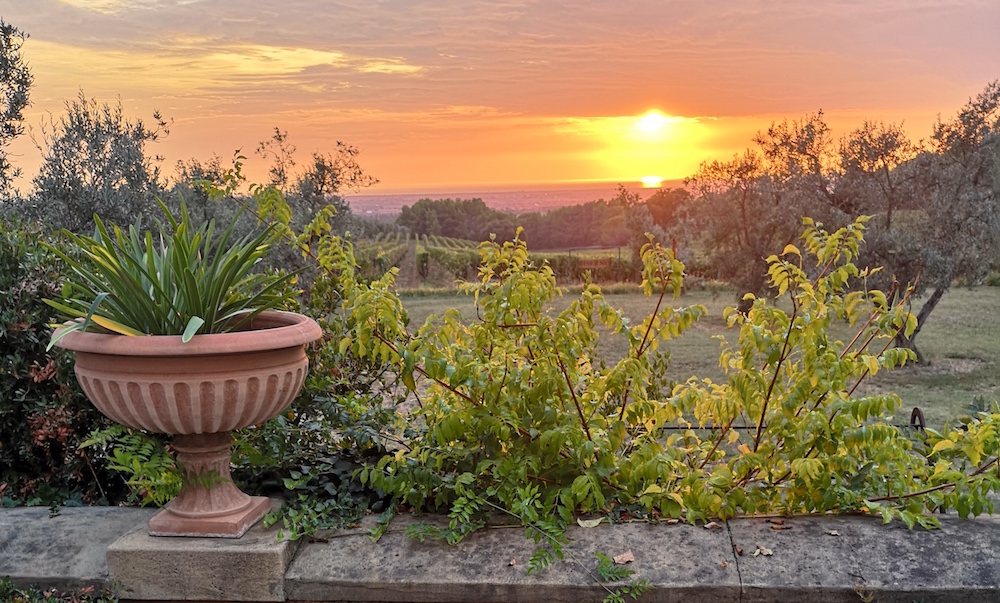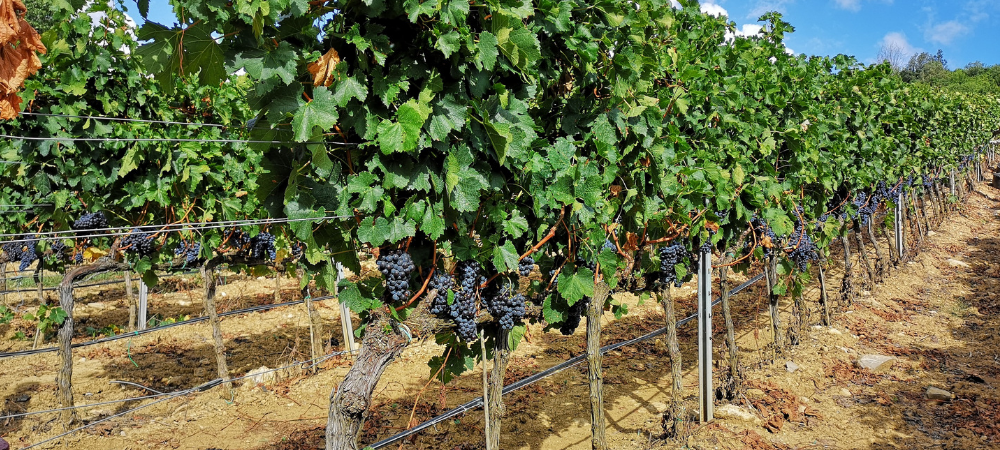From Bolgheri to Bibbona

Marchese Lodovico Antinori came across what would become the Biserno Estate (Tenuta di Biserno) back in 1995. Located in the Alta Maremma, just north of Bolgheri in Bibbona, the area boasts wild, sweeping landscapes, pine forests, hilltop castles and stunning views all the way down to the Tyrrheniansea. Most importantly however (for the wine in any case), the combination of this climate, cooled by the sea breeze with the unique soils of the area made the Marchese sit up and pay attention. At the time, he had been looking for land with which he could extend his beloved Ornellaia vineyards, but he soon realised that the terrain was much hillier; much stonier than it was at Ornellaia and so would need to be a separate project with different grapes. In a surprising move that some might say is a sad regret for the family, Ornellaia was sold (a long story for another time), but this now meant that Lodovico could devote time to pursuing a new story in this incredibly exciting, undiscovered terroir on just the other side of the fence.
The Birth of Biserno

In the midst of the vines, the lemon trees and olive groves and with a gorgeous infinity pool, sits the Biserno guest house. Originally destroyed in 1850, it was rebuilt in the 1950s and while not open generally to the public, the eight bedrooms can available for exclusive, prearranged visits, which can include wine tastings, personal tours of the region and cooking classes on request. Tiziana, the in-house chef buys fresh produce daily from the local market and makes food with stunning simplicity with the lightest of touches (contact Catherine on concierge@winerist.com to organise your trip). It is the vines and the wines however that demand even closer attention.
The Biserno wines
49 acres of vines were planted at Biserno between 2001 and 2005. The clay element of the terroir particularly led Lodovico to plant Bordeaux varietals; Cabernet franc, then some Merlot with, interestingly, a generous dollop of Petit Verdot and a smattering Cabernet Sauvignon. Within these 49, there is a patch of 6 acres, which stands above the rest and is home to the star wine of the Tenuta’s stable: Biserno ‘Lodovico’.

Just like Sassicaia at the very beginning of the Super Tuscan story, Bibbona does not have its own DOC, so all wines, no matter how great, can only be called IGT (Indicazione Geographica Typica). This may change as it did for Sassicaia (Sassicaia was only granted its own DOC in 2013) but to be honest, they may not even want that. A DOC means rules after all – and we all know that Bolgheri didn’t get where it is today by following those! Here’s a look at what Tenuta di Biserno produce and where you can find them:

